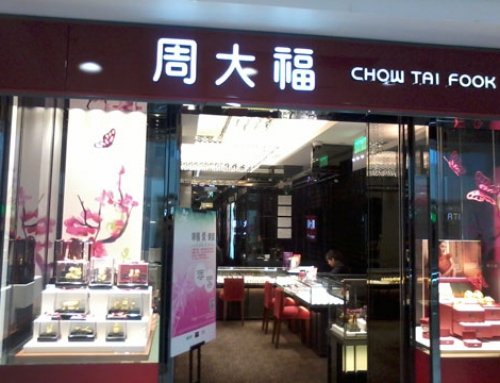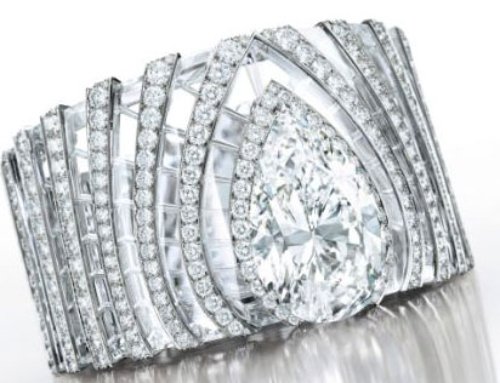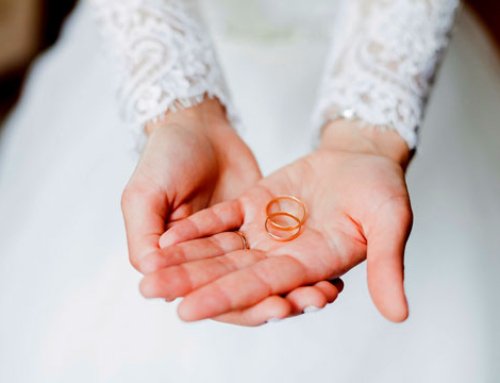De Beers is getting into the lab-created diamond business with a new line of fashion jewelry called Lightbox and an aggressive pricing strategy.
In a white industrial building in the rolling hills of the English countryside 16 miles from Oxford, silver machines shaped like spaceships hum inside vast laboratories. They are replicating the extreme pressure and temperatures found deep in the earth’s crust and producing, in mere weeks, what historically nature managed only over billions of years: flawless diamonds.
This is the Element Six Innovation Center, the industrial arm of De Beers, the diamond behemoth that has operated mines from the Arctic to South Africa, that created (and for most of the 20th century controlled) the global diamond market, that convinced the world “a diamond is forever” and that made diamonds synonymous with engagement rings.
Focused for decades on things as diverse as tools for oil and gas drillers, high-powered lasers and state-of-the-art speaker systems, the De Beers scientists at Element Six have moved into new territory in recent months as the company sets its sights on a lucrative market it traditionally shunned: the production of synthetic jewelry stones.
Lightbox: a fashion jewelry label
De Beers introduces Lightbox, a fashion jewelry label selling (relatively) low-budget gems with mass-market appeal. (Think a sweet 16 gift, not an engagement ring.) Pastel pink, white and baby-blue lab-grown studs and pendants, priced from $200 for a quarter carat to $800 for one carat, will be presented in candy-colored cardboard gift boxes and initially sold directly to consumers via e-commerce.
Although diamonds made by companies like Diamond Foundry in the United States and New Diamond Technology of Russia usually cost 30 to 40 percent less than their natural counterparts, they are nowhere near as cheap as the ones from Lightbox, which will undercut its competitors by roughly 75 percent.
Through its aggressive pricing and pointed marketing, De Beers clearly aims to be a dominant player in this growing market, while simultaneously protecting its core business.
“The big miners have held concerns about the growth of the synthetic diamond jewelry market for some time, particularly over the last decade, as the quality of stones has improved and manufacturing costs have started to fall,” said Paul Zimnisky, an independent diamond industry analyst and consultant.
De Beers, which controls about 30 percent of the world’s supply of mined stones (down from two-thirds in 1998) and owns the fine jewelry brands De Beers and Forevermark, said it was just responding to consumer demand.
“Having done our research, we see a massive opportunity to enter into the fashion jewelry market now by doing something that consumers tell us that they want but that no one else has done yet: synthetic stones in new and fun colors, with lots of sparkle and at a far more accessible price point than existing lab-grown diamond offerings,” Bruce Cleaver, the chief executive, said during a phone interview.
Lightbox? Or Real is Rare?
The idea would have been unthinkable even two years ago, when De Beers was part of the “Real Is Rare” campaign to combat the promotion of synthetic stones as alternatives to mined diamonds led by the Diamond Producers Association Campaign. Though man-made stones account for only about 2 percent of the diamond industry’s supply, analysts at Citibank have forecast a possible rise to 10 percent by 2030.
“Consumers are clearly curious about synthetic stones,” Mr. Zimnisky said. “This isn’t a market that is about to go away.”
Chemically identical to mined diamonds (unlike past diamond substitutes such as cubic zirconia, moissanite or Swarovski crystals), synthetic diamonds have long been used for industrial purposes. De Beers itself has been “growing” diamonds at Element Six for 50 years, gradually producing stones from a hydrocarbon gas mixture in a high-pressure, high-temperature reactor.
But as Silicon Valley competitors began to market their synthetics as acceptable, greener choices and price them accordingly, De Beers, whose mining peers include Rio Tinto and Russia’s Alrosa, has decided to take the fight for market share to the laboratory turf. Alongside its high-pressure, high-temperature operations, Element Six is using a newer process known as C.V.D., or chemical vapor deposition, which uses low pressure in a vacuum filled with gases that react to create layers of carbon that gradually consolidate into a single stone. The new method is cheaper and easier to monitor than the older one and hence capable of being scalable as a jewelry business.
“Synthetics will never be as big as our natural business, and our investments into the space are dwarfed by those elsewhere,” Mr. Cleaver said. “But we have a massive advantage over everyone else, given the know-how and infrastructure provided by Element Six. So it’s something we have decided to be very serious about.” (A $94 million plant that De Beers is building in Gresham, Ore., is expected to generate half a million rough carats a year after its completion in 2020.)
Lightbox raises almost metaphysical question of what defines a diamond
Is it its chemical structure, which is the argument of the synthetic manufacturers? Or is it its provenance: created deep in the ground by Mother Earth, rather than cooked up in a machine?
Consumers are understandably confused. In a poll of 2,011 adults conducted this month for the Diamond Producers Association by Harris Insights & Analytics, 68 percent said they did not consider synthetics to be real diamonds, 16 percent said they thought they were, and 16 percent said they weren’t sure. But an acceptance of these new products has the potential to transform the diamond market, because lab-grown diamonds are endlessly replicable.
Sally Morrison, the head of marketing for Lightbox, said the brand’s products were meant to be viewed by consumers as playful accessories.
“Everyone who is in this space is focusing their marketing on the bridal category,” Ms. Morrison said. “And we believe they are missing an incredibly interesting opportunity: the self-purchasing professional and younger woman, the older woman who already has a jewelry collection,” and any woman “who doesn’t want the weight and seriousness of a real diamond for everyday life.”
The message is conveyed though packaging that is clearly labeled “laboratory-grown diamonds” and intended to be the opposite of a velvet box. An inaugural ad campaign was styled by Micaela Erlanger, who became famous for dressing the actress Lupita Nyong’o for the red carpet. Featuring a diverse cast of young models romping in denim shirts and holding sparklers and laughing, the ads come with taglines like “Live, Laugh, Sparkle.”
Is Lightbox competing with real diamonds?
“Man-made diamonds should not cost the same as natural stones — they really are totally separate businesses,” Steve Coe, the general manager of Lightbox, said as he stood by a glass box the size of a bowling bowl at Element Six. Inside was a diamond seed, from which a stone was growing roughly 0.0004 inch an hour.
A former scientist and head of innovation at Element Six, Mr. Coe moved to De Beers 18 months ago to study approaches to the synthetic jewelry market. “I am not that concerned by the other guys,” he said. “We are simply positioning the product at a price it should be, and where it will be in five or six years’ time, thus making sure our customers today are not unhappy customers tomorrow.”







